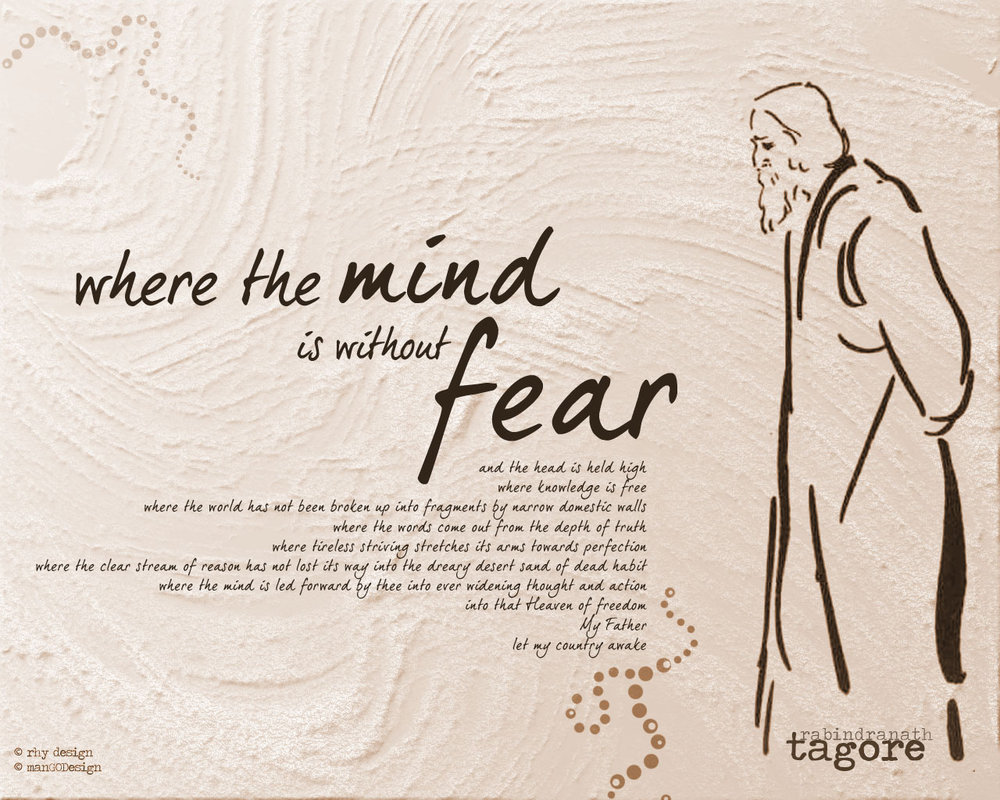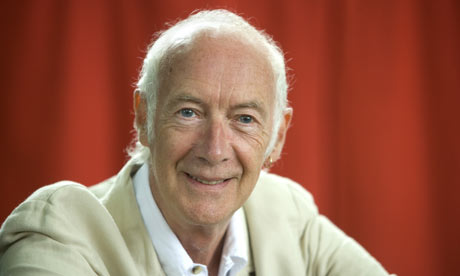Critical Analysis of My Last Duchess:
The purpose of a dramatic monologue is to reveal the true character of the speaker. That is exactly what happens in “My Last Duchess”. That the Duke is a cruel man is seen clearly through his various actions. There is no doubt that the Duke looks down upon the newly emerging merchant class, to which Lucrezia belonged. He felt that this class had no right to believe that there were equal with the aristocratic class. In fact, he felt that they should be thankful that the aristocrats offer them a place in their company at all. That is why he wants his next marriage to be with someone of his own class and is dealing with Madruz to fix his marriage with the Count’s daughter.
He is a prude when he comes to his behaviour. He has many strict codes of proper behaviours, such as not paying too much attention to anyone who belongs to a class below his. He also condemns Lucrezia for not following his own ridiculous moral codes. However, his morality is extremely false. Though he may believe that he is well bred, the readers of the poem certainly cannot agree. It is only one’s public behaviour that ought to reflect one’s moral beliefs, but one’s private behaviour as well. In private, the Duke is a ruthless man. If he were not, how could he have ordered his own wife to be killed? However, since no knowledge of this order is known to the common public, the Duke’s reputation has remained intact. That is precisely why Browning uses the form of the dramatic monologue to give us a glimpse of the Duke’s true colours – to destroy once and for all the false picture of himself that he presents to society.
Annotation of My Last Duchess:
Please note: N= noun, V=verb, Adj=Adjective, Adv=Adverb, P=Preposition
Duchess (N): The wife of a duke, that is, of a male holding the highest hereditary title in the British and certain other peerages
Wonder (N): A person or thing regarded as very good, remarkable, or effective
Fra (N): A prefixed title given to an Italian monk or friar
Will’t: Short form of the phrase “will it”
Please (V): Cause to feel happy and satisfied
Design (N): Purpose or planning that exists behind an action, fact, or object
Pictured (V): Past participle form of the word “picture”, that is, to represent in a photograph or picture
Countenance (N): A person’s face or facial expression
Earnest (Adj): Resulting from or showing sincere and intense conviction
Durst (V): An older form of the word “dared”, which is in turn the past tense of the word “dare”, that is, to have the courage to do something
’Twas: Short form of the phrase “it was”
Chanced (V): Past tense of the word “chance”, that is, to do something by accident or without intending to
Mantle (N): A loose sleeveless cloak or shawl, worn especially by women
Laps (V): Third person singular present tense of the word “lap”, that is, to wrap or enfold someone or something in (something soft)
Flush (N): A reddening of the face, skin, etc., typically caused by illness or strong emotion
Courtesy (N): The showing of politeness in one’s attitude and behaviour towards others
Whate’er (N): Short form of the word “whatever”
Officious (Adj): Intrusively enthusiastic in offering help or advice; interfering
Orchard (N): A piece of enclosed land planted with fruit trees
Mule (N): The offspring of a donkey and a horse (strictly, a male donkey and a female horse), typically sterile and used as a beast of burden
Blush (N): A reddening of the face as a sign of shyness, embarrassment, or shame
Stoop (V): Lower one’s moral standards so far as to do something reprehensible
Trifling (V): Present participle form of the word “trifle”, that is, to talk or act frivolously
Disgusts (V): Third person singular present tense of the word “disgust”, that is, to cause (someone) to feel revulsion or strong disapproval
Lessoned (V): Past participle form of the word “lesson”, that is, to rebuke (someone)
Wits (N): Plural form of the word “wit”, that is, the capacity for inventive thought and quick understanding; keen intelligence
Forsooth (N): Indeed (often used ironically)
Excuse (N): A reason or explanation given to justify a fault or offence
E’en: Short form of the word “even”
Munificence (N): The quality or action of being extremely generous
Ample (Adj): Enough or more than enough; plentiful
Warrant (N): Justification or authority for an action, belief, or feeling
Just (Adj): Based on or behaving according to what is morally right and fair
Pretense (N): A claim to have a particular skill or quality
Dowry (N): An amount of property or money brought by a bride to her husband on their marriage
Disallowed (V): Past participle form of the word “disallow”, that is, refuse to declare valid
Fair (Adj): Beautiful
Avowed (V): Past tense of the word “avow”, that is, to assert or confess openly
Object (N): A person or thing to which a specified action or feeling is directed
Nay: An older form of the word “no”
Rarity (N): A rare thing, especially one having particular value
Cast (V): Shape (metal or other material) by pouring it into a mould while molten
Poetic Devices in My Last Duchess:
Rhyme scheme:
This poem consists of 28 rhymed couplets. That is, the poem follows the simple rhyme scheme AABBCC and so on.
Rhetorical devices:
Metonymy:
This rhetorical device consists of the substitution of the name of an attribute or adjunct for that of the thing meant. The poet uses this device in line 1 when he says that his duchess is painted on the wall. It is not literally the wall on which she is painted of course, but in a painting that is hung on the wall.
Simile:
This rhetorical device is used when an overt comparison is made between two different things. The poet uses this device in lines 1 – 2 when he compares the painting of Lucrezia with the living person.
Apostrophe:
This rhetorical device is used when a poet addresses his or her poem to an absent audience. The poet uses this device in line 5 when the Duke directly speaks to Madruz and asks him whether he would like to sit and look at the portrait of Lucrezia.
Synecdoche:
This rhetorical device is used in many ways to represent one thing with the help of an entirely different one. The poet uses this device in line 22 – 23 when he says that Lucrezia’s heart is made happy easily. Here he uses the part to mean the whole since it is not only her heart that is happy but she herself as a whole.
Rhetorical Question:
This rhetorical device consists of asking a question to which no answer is expected since the answer is very obvious. The poet uses this device in lines 44 – 45 when he asks whether everyone does not give the same kind of smile that Lucrezia gives the Duke. It is obvious that the answer is yes.
Central Idea of My Last Duchess:
While showing Madruz around his castle, The Duke points out a picture of his last duchess, Lucrezia. He takes this opportunity to criticize her frivolous liking of everyone and everything. He then goes back to negotiating the deal struck between him and the Count for his marriage to the Count’s daughter.
Themes of My Last Duchess:
Lucrezia’s inferiority: Lucrezia is considered inferior to the Duke on two counts – her class status, and her uninhibited behaviour. Belonging to the de Medici family, she was obviously from the merchant class. The Duke considers the match she received from his aristocratic family to be a gift in itself. He believes that she has not been able to give this gift its adequate value since she is taken in by any compliment from a commoner as well. This kind of open behaviour is a sign of bad breeding for him.
Cause of Lucrezia’s death: When the Duke says that he issued the order that made Lucrezia stop smiling, he is almost confessing that he commanded her to be killed. However, since he didn’t do the deed with his own hands, he can never be punished for it.
Duke’s marriage deal: The whole poem seems to be a digression from the real reason that Madruz is visiting the Duke, that is, to strike a deal for his marriage with the Count’s daughter. Madruz is, in fact, surveying his property. The fact that they have come across the portrait of Lucrezia is a mere coincidence. Towards the end of the poem, both speaker and listener decide to get back to the task at hand – agreeing upon the amount of the dowry.
The Tone of My Last Duchess:
The Duke’s tone in his monologue is of one who suffers from a superiority complex. He criticizes Lucrezia to show how much better bred he himself is. However, you can also see the wheels in his brain turning as he manages to convince Madruz of the dowry he ought to receive for agreeing to marry the Count’s daughter. It is clear that he is a ruthless and scheming man.
Conclusion:
“My Last Duchess” reveals every aspect of the Duke’s personality. That is why it is the best-known example of dramatic monologue; it serves the purpose of dramatic monologue very well. Moreover, it is almost a confession that the Duke ordered Lucrezia to be killed. That brings some amount of excitement into its narration as well. In the end, it gives readers such a clear picture of the Duke’s heinous crimes that they cannot but despise him.
Some online learning platforms provide certifications, while others are designed to simply grow your skills in your personal and professional life. Including Masterclass and Coursera, here are our recommendations for the best online learning platforms you can sign up for today.
The 7 Best Online Learning Platforms of 2022
- Best Overall: Coursera
- Best for Niche Topics: Udemy
- Best for Creative Fields: Skillshare
- Best for Celebrity Lessons: MasterClass
- Best for STEM: EdX
- Best for Career Building: Udacity
- Best for Data Learning: Pluralsight
















